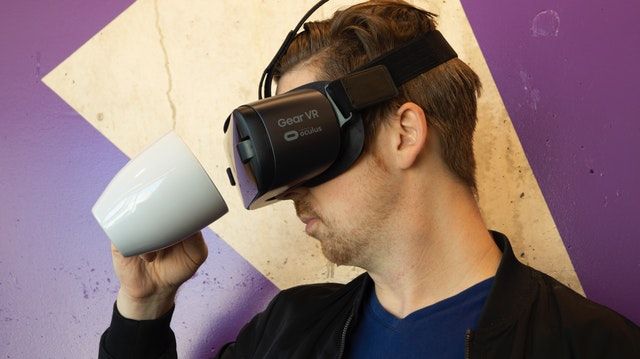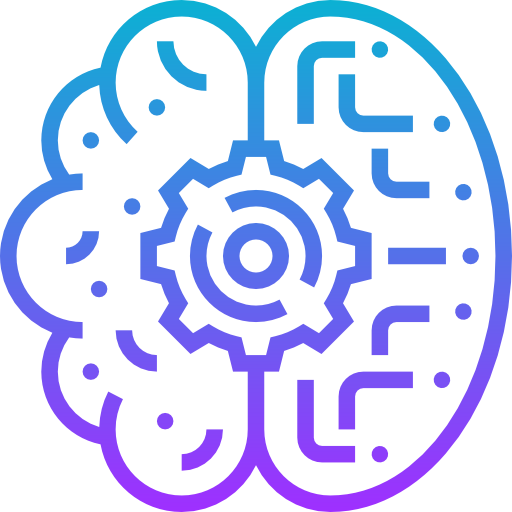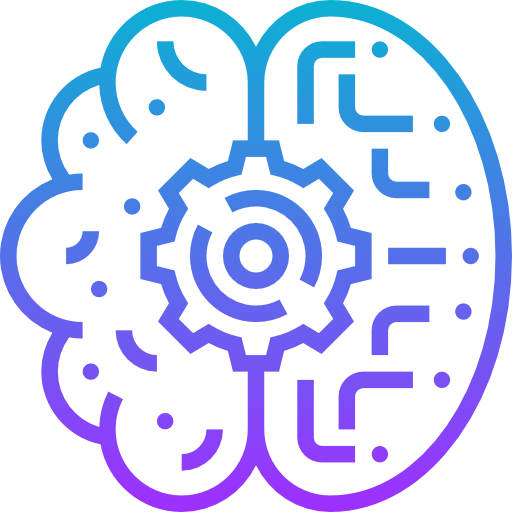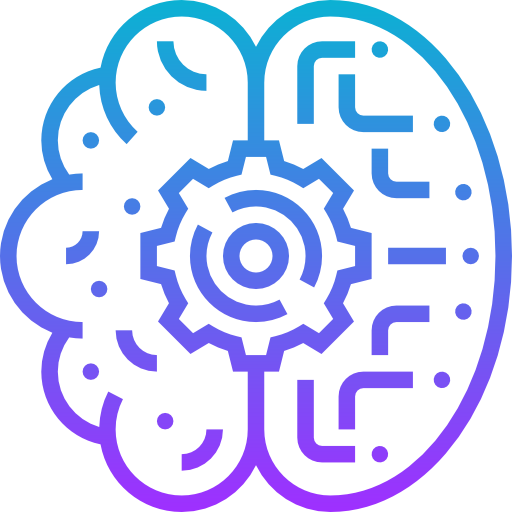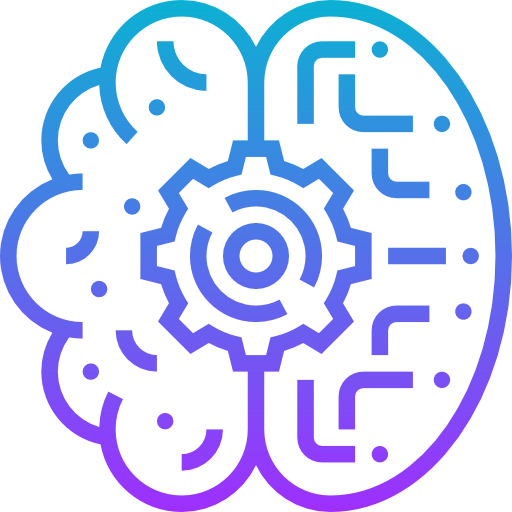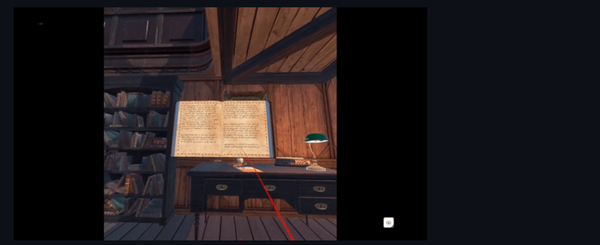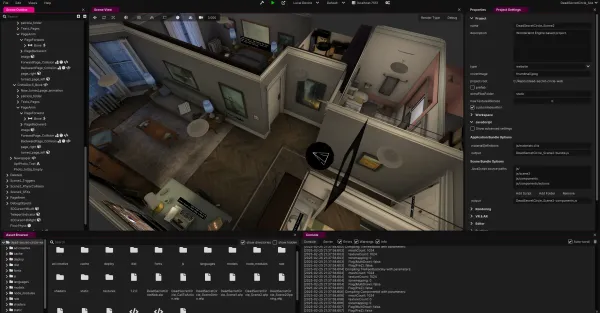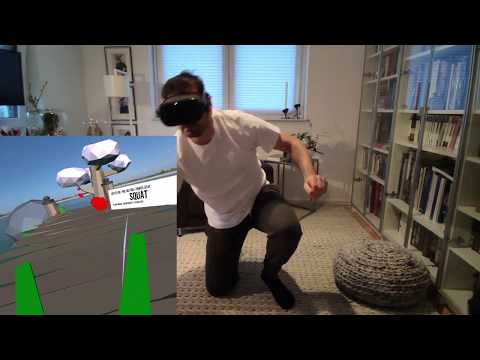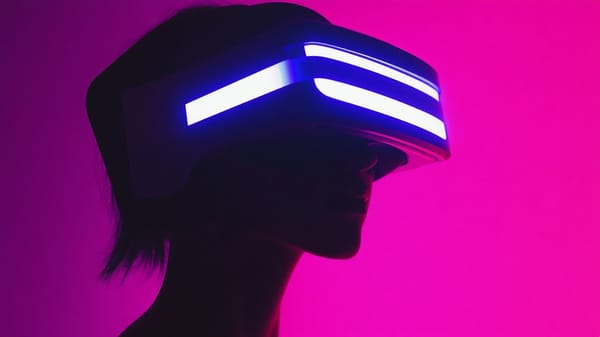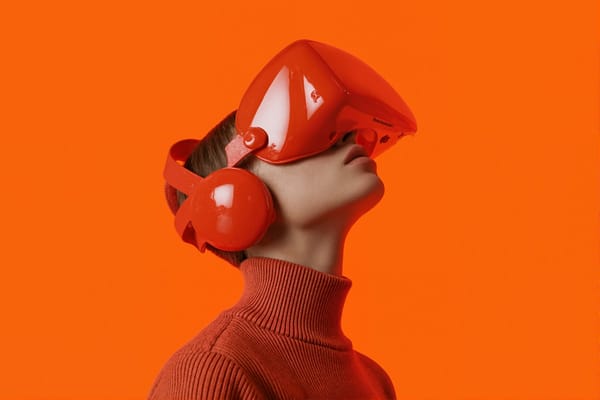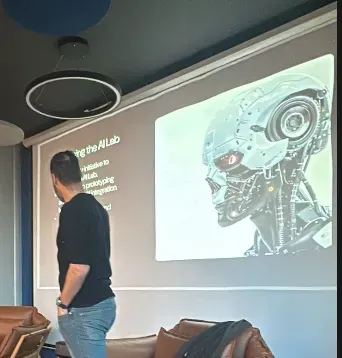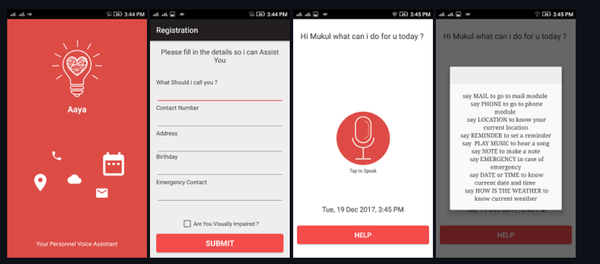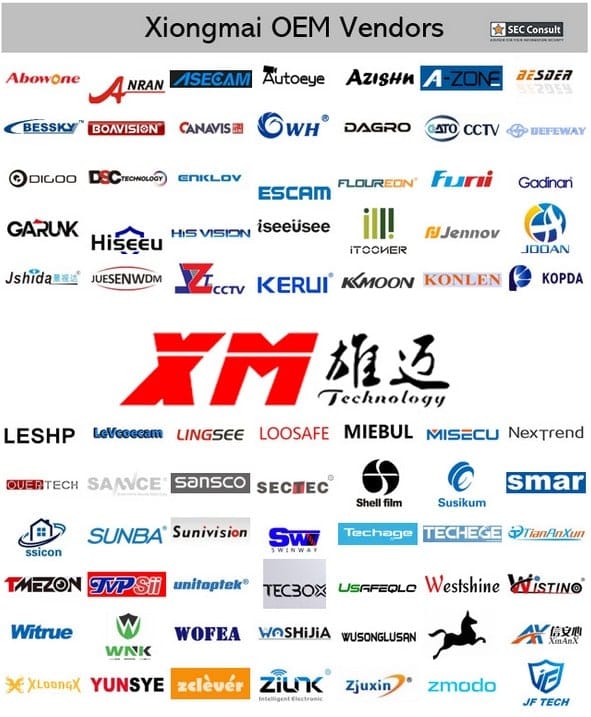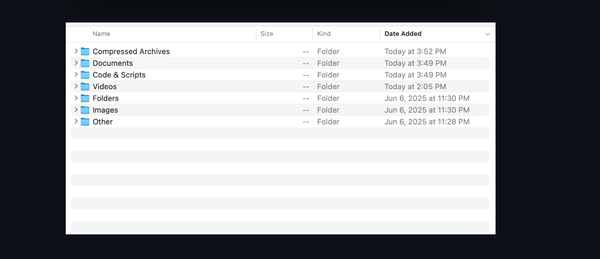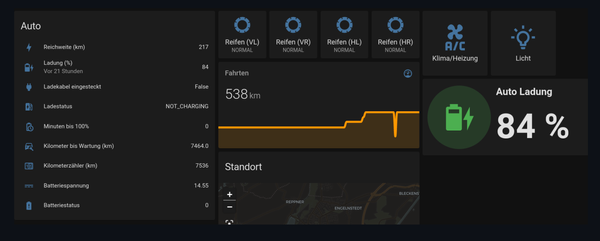Top 20 Free Open Source Tools for Creating Immersive 3D Experiences
Discover the best open-source frameworks and engines for building immersive 3D content, perfect for VR, AR, games, and interactive web apps. Build your next project with these powerful tools.
Table of Content
I’ve always been fascinated by how the brain works. As a doctor, I’ve spent years working with patients struggling with attention and focus, especially those diagnosed with ADHD. As a developer and coder, I’m equally intrigued by how we can use immersive technologies to help people understand and manage their minds better.
That’s why, in early 2025, I built a VR experience aimed at helping users simulate what it feels like to live with ADHD , using A-Frame, Vite, and JavaScript . It was part of my entry into Global Game Jam 2025 , where I wanted to create something that could not only educate but also empathize.
The result? An interactive, calming yet challenging environment that simulates sensory overload, distraction, and the emotional weight of trying to focus in a world that won’t stop talking.
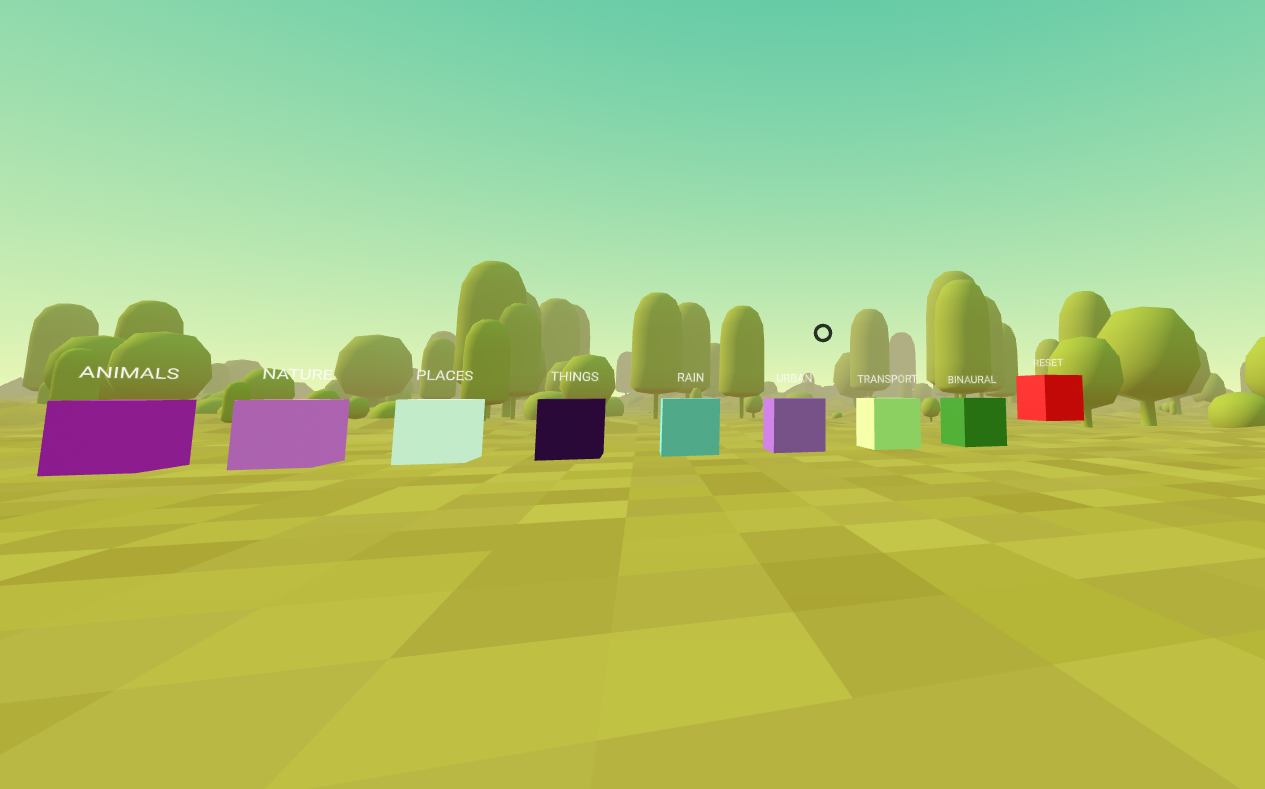
Testers found it insightful. Some even said it gave them a new perspective on what their loved ones go through every day.
What is an Immersive 3D VR Experience?
An immersive 3D VR experience is more than just putting on a headset and looking around. It's about creating a space that responds to you, your movements, choices, and emotions. It pulls you in so deeply that you forget you're inside a simulation.
It’s not just entertainment. It’s education. Therapy. Training. Empathy.
In healthcare, for example, immersive experiences are being used to treat phobias, PTSD, chronic pain, and yes, even attention disorders. In education, students are walking through ancient Rome or dissecting virtual frogs without touching a scalpel.
Immersive tech isn't the future anymore, it's here. And building it doesn’t have to be locked behind expensive proprietary tools.
Why I Chose Open Source Tech
As both a doctor and a developer, I believe open-source technology is the backbone of ethical, accessible innovation .
Here’s why:
- Transparency : You can see what’s under the hood. No black boxes.
- Customization : You’re not limited by someone else’s roadmap.
- Community : Thousands of contributors worldwide mean faster fixes and real-world feedback.
- Cost-effective : Especially important when you're bootstrapping a project or working in non-profit spaces.
When I started building my ADHD VR experience, I didn’t want to get locked into a platform that would charge me per export or restrict how I shared my work. That’s why I went with A-Frame , a web-based framework for building VR scenes using HTML and JavaScript.
And since I love fast tooling and hot-reloading during development, I paired it with Vite , which made the workflow smooth and responsive.
Open-source Techs to Build Immersive VR Experiences
If you're thinking of building your own immersive experience, whether for healthcare, education, or just fun, here’s a list of open-source engines and frameworks that are powerful, flexible, and community-backed.
This list is unique because I've either used these tools myself or tested them in side projects. This isn’t a copy-paste list from another AI-generated article. These are the ones that actually work , and some might surprise you.
1- LOVR.org
LOVR is heavily inspired by LOVE , the open-source 2D game engine that uses Lua. However, LOVR is built for creating interactive VR experiences and 3D games. It runs on Windows, Linux, macOS, and Android, and supports a wide range of VR headsets, including the HTC Vive, Valve Index, Oculus Rift, Pico 4, Magic Leap 2, and Meta Quest 2, Pro, 3, and Quest 3S.
However, it is important to note, it does not work easily on macOS Silicon (M series).

2- Immersions (3D & VR Library)
Immersions is an open-source JavaScript library designed to make it easy for creators, especially artists and storytellers, to build immersive 3D and VR experiences directly for the web.
It is built on top of Babylon.js and using the WebXR standard, this library empowers anyone with basic JavaScript knowledge to craft interactive virtual environments without being locked into commercial platforms or proprietary tools.
Features
- Point and Click Navigation:create viewpoints, add 3D exhibits, text and audio to tell your story.
- Cross-platform:works from most browsers on mobile, desktop and virtual reality headsets (tested on Meta Quest 2 and Pico).
- Open Source: you own and retain full control over your virtual space. The library is based on WebXR open standards and the babylon.js real time 3D engine.
- Ease of Use:comes with a step-by-step guide on how to build your project from scratch using Blender, Gravity Sketch, Mixamo and Polycam.
- Boundless: whether you are an artist, architect or designer, the only limit is your imagination.
3- Stride
Stride is a free, open-source C# game engine designed for building 2D and 3D games, as well as VR and interactive content. Built with modern graphics APIs, it supports photorealistic rendering , is VR-ready , and runs on multiple platforms including Windows, Linux, macOS, and mobile. Its multi-threaded architecture ensures high performance, while the customizable rendering pipeline gives developers deep control over visuals and optimization.
What sets Stride apart is its strong focus on developer experience . It supports C# 12 with .NET 8 , offers built-in game templates , and integrates with popular IDEs like Visual Studio , VS Code , and Rider .
The engine includes a powerful editor, a full asset pipeline , and extensive documentation in English and Japanese. With active community support and growing tutorial resources, Stride is ideal for indie developers and pros who want flexibility, performance, and long-term code maintainability, all without any licensing fees.
4- AFrame
A-Frame is an open-source JavaScript framework for building rich VR experiences. It’s built on top of Three.js , making it powerful yet accessible, and comes with a vibrant ecosystem of extensions and components that simplify development.
It’s my favorite tool and go-to choice for creating web-based VR applications. I frequently use it for 3D-heavy web projects, including my ADHD-focused VR game , which I built extensively using A-Frame’s intuitive structure and flexibility.
5- Overte
Overte is a free and open-source platform for creating 3D social virtual worlds. It supports both desktop and VR, allowing hundreds of users to interact in real time. With features like full-body avatars, collaborative building, and support for 3D formats like FBX, glTF, and OBJ, Overte enables rich immersive experiences.
It is built with a JavaScript scripting engine and offering full self-hosting under the Apache 2.0 license, it gives creators complete control over their virtual spaces, all within a vast 256km² world area per server.
6- Babylonjs
Babylon.js is a powerful, open-source 3D rendering engine built specifically for the web. With its latest release (version 8.0), it offers advanced features like WebGPU support, Node Material Editor, Gaussian splatting , and real-time physics integration via Havok.
It is designed to run directly in the browser, it enables developers to create rich VR, AR, and XR experiences without requiring plugins or native apps.
Its robust toolset includes a lightweight viewer , customizable render pipeline , and an intuitive Node Render Graph , making it ideal for both beginners and professionals.
By default, Babylon.js supports 3D formats like glTF, FBX, and OBJ , and allows scripting in JavaScript/TypeScript, which simplifies building interactive scenes.
With features like Area Lights, IBL Shadows , and an overhauled Audio Engine , Babylon.js empowers creators to build deeply immersive environments.
Babylon.js is used by major brands like Nike, Microsoft, and Mojang, it's perfect for product configurators, games, virtual tours, and more, all while staying fully web-based and accessible.
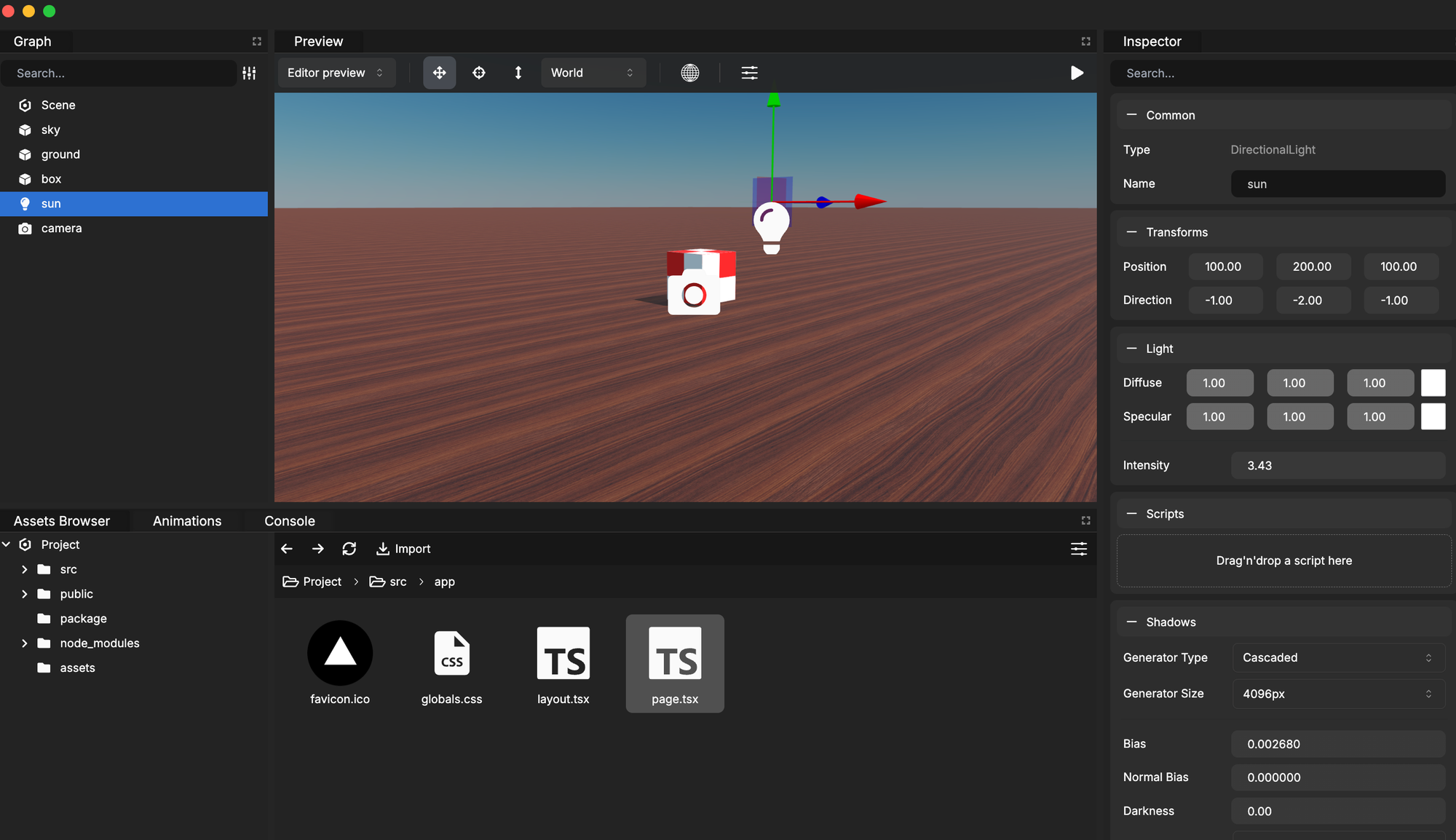
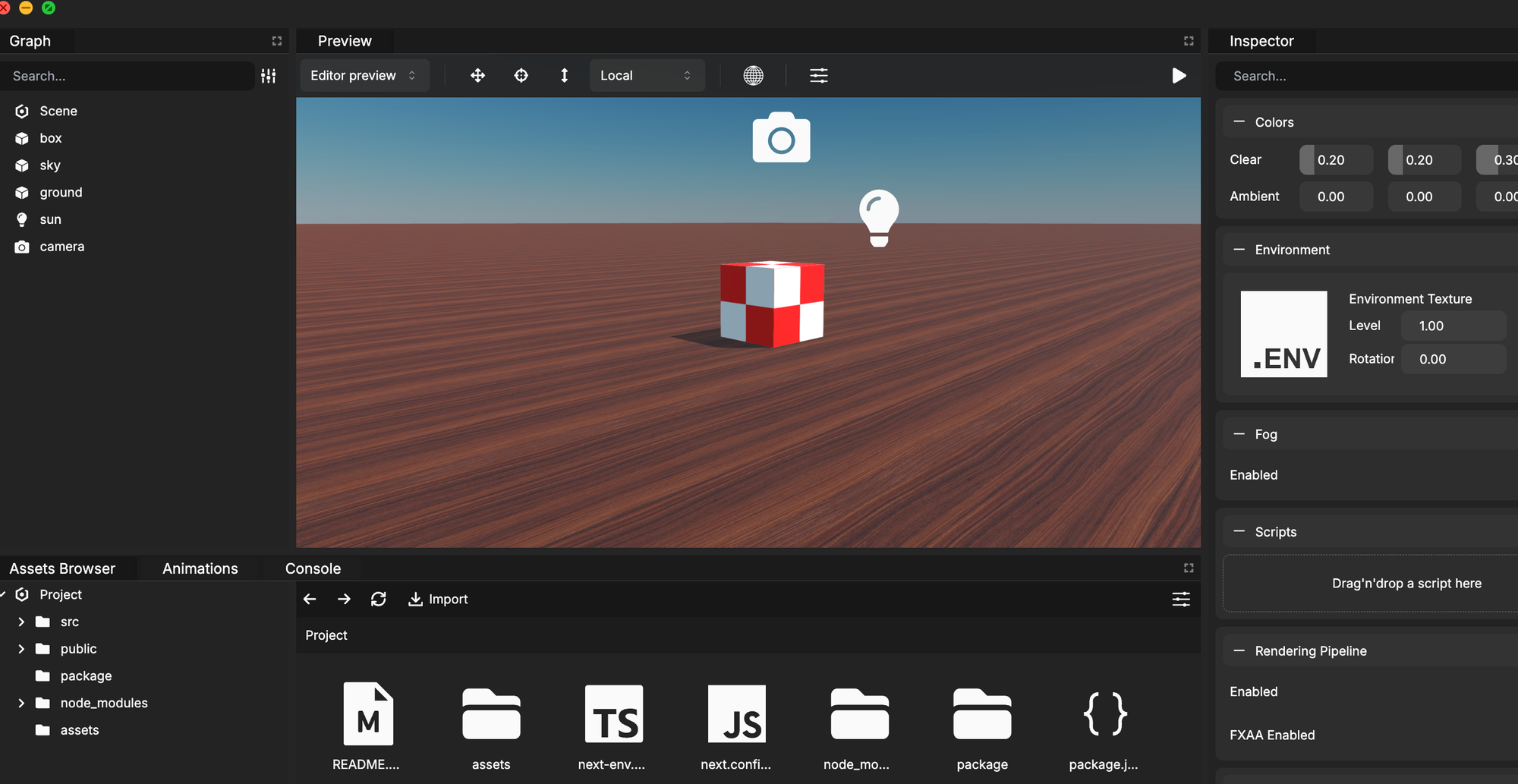
7- Exokit
Exokit is an open-source, native VR and AR engine built for JavaScript, designed to run immersive web content like WebGL, WebXR, and WebAudio with high performance on VR and AR devices.
It’s essentially a hackable web browser as a node module, allowing developers to build or run 3D experiences using familiar tools like: Three.js, A-Frame, Babylon.js & Unity (via WebGL export).
8- Openspace3D
Openspace3D is an open-source platform for creating 3D apps, perfect for virtual reality, augmented reality, or games. You don’t need to know how to code to use it. Whether you're an artist, designer, student, or just curious, Openspace3D lets you bring your ideas to life in 3D with ease.

9- Hotham
Hotham is a lightweight, high-performance game engine designed for standalone VR headsets like the Oculus Quest 2.
Originally, Hotham is Built for small, technical teams who want to create VR games without the complexity of bigger tools, Hotham offers a streamlined alternative for developers looking for speed and simplicity.
10- Third Room
Third Room is a platform for shared virtual worlds built on top of Matrix , the open-source communication protocol. It’s designed to make it easy for anyone to discover, create, and share 3D spaces with friends, collaborators, or the whole web, all while keeping control of your data.
Powered by Matrix , Third Room uses decentralized infrastructure to ensure privacy, interoperability, and ownership . No walled gardens. No corporate lock-in. Just open standards, real freedom, and true connection.
With support for glTF , the gold standard in 3D assets, and a modular, web-first approach, creators can build rich, interactive environments using their favorite tools. Whether it's a hangout spot, a game, or a collaborative workspace, Third Room makes it easy to bring ideas to life.
And it's not just about one client or one experience, Third Room is open source, welcoming developers to build new clients, tools, and platforms that all speak the same language.
Forget siloed "metaverses." Third Room believes in one true immersive web, just like there's one open internet. And they're building their corner of it to play well with everyone else.
11- OpenImmersive
OpenImmersive is a free and open-source video player for Apple Vision Pro , designed to play spatial and immersive videos in MV-HEVC and AIVU formats. Developed by Anthony Maës and Acute Immersive, it's based on Mike Swanson’s Spatial Player and built to support filmmakers working with immersive 3D and VR180-style content.
The project includes a ready-to-use app (OpenImmersiveApp ) and a reusable Swift library (OpenImmersiveLib ) for easy integration into other apps. It supports playback controls, streaming, local media loading, and proper rendering of both Spatial Video and Immersive Video content.
With clean, modular code, OpenImmersive strikes a balance between being functional out-of-the-box and customizable for developers, making it a valuable tool for building immersive media experiences on visionOS.
You can also load a video from various sources: photo gallery, local files/documents, streaming playlist URL, or by dragging a video onto the window.
12- libGDX (Java)
libGDX is a powerful, open-source Java game engine that supports 2D, 3D, and basic VR/XR development .
It offers cross-platform deployment, robust graphics, physics, and audio tools, making it ideal for building immersive experiences and games across desktop, mobile, and web.
13- Castle Game Engine (Object Pascal)
This open-source game engine is a versatile tool for developers looking to build cross-platform 2D, 3D , and soon, VR experiences . Built using modern Object Pascal , it offers fast performance, clean code structure, and native compilation, all while being completely free and open-source .
With a comfortable visual editor , you can design rich game scenes and user interfaces with automatic scaling and anchoring, then deploy the same project across desktop (Windows, Linux, macOS), mobile (iOS, Android), consoles (like Nintendo Switch) , and even the web with one codebase.
It supports popular open standards like glTF, X3D, IFC , and more, making it easy to import assets from tools like Blender or platforms like Sketchfab . The engine also includes advanced graphics features such as real-time water effects, PBR rendering, shadows, mirrors , and composable shaders , helping you create visually stunning worlds.
While currently focused on 2D and 3D development, VR support is in active development , positioning this engine as a promising option for lightweight immersive applications in the near future.
14- OpenXP 2D (Ruby)
OpenXP is an open-source 2D top-down RPG editor and engine designed to support projects originally built with RPG Maker XP . It uses Ruby for scripting , aiming to maintain compatibility with existing RPG Maker XP content and third-party scripts.
Though not a perfect clone, OpenXP is built to feel familiar and functional for users of the original engine, while also introducing new features and improvements beyond RPG Maker XP’s original capabilities.
Currently in early development , the project shows promise but is not yet suitable for production use . It's ideal for developers looking to modernize or extend classic RPG Maker XP games with added flexibility and future enhancements.
15- Gideros (Lua)
If you're a game developer looking for a fast, lightweight, and flexible tool to build 2D games (and even experiment with basic VR), Gideros might be the engine for you.
Built around Lua , a scripting language known for its speed and simplicity, Gideros is free, open-source , and built on top of C/C++ and OpenGL. This means your games run at near-native speed , without bloated frameworks or unnecessary overhead.
Gideros: A Lightweight, Open-Source Game Engine for Building Fast Cross-Platform Games, and Even VR Experiences
It works on Windows, Linux, macOS and support building mobile apps and Meta Quest apps as APK.
It also offers:
- A lightweight IDE that comes bundled with everything you need
- Built-in tools like Texture Packer and Font Creator
- Support for plugins (C, C++, Java, Objective-C)
- Native APIs for ads, in-app purchases, and more
- A solid OOP system that helps keep your code clean and reusable
16- VREngine
VREng (Virtual Reality Engine) is an interactive and distributed 3D application allowing interactions in real-time between avatars and objects and navigation in virtual worlds connected over the Internet.
It works on Windows, Linux, macOS and FreeBSD. It is fairly a new project.
17- VRENG
VREng (Virtual Reality Engine) is an interactive and distributed 3D application allowing interactions in real-time between avatars and objects and navigation in virtual worlds connected over the Internet.
18- UEVR (Unreal Engine)
This is an open-source Universal Unreal Engine VR Mod (4/5).
Its features include:
- Full 6DOF support out of the box (HMD movement)
- Full stereoscopic 3D out of the box
- Native UE4/UE5 stereo rendering system
- Frontend GUI for easy process injection
- Supports OpenVR and OpenXR runtimes
- 3 rendering modes: Native Stereo, Synchronized Sequential, and Alternating/AFR
- Automatic handling of most in-game UI so it is projected into 3D space
- Optional 3DOF motion controls out of the box in many games, essentially emulating a semi-native VR experience
- Optional roomscale movement in many games, moving the player character itself in 3D space along with the headset
- User-authored UI-based system for adding motion controls and first person to games that don't support them
- In-game menu with shortcuts for adjusting settings
- Access to various CVars for fixing broken shaders/effects/performance issues
- Optional depth buffer integration for improved latency on some headsets
- Per-game configurations
- C++ Plugin system and Blueprint support for modders to add additional features like motion controls
19- VRSpace
VRSpace: Multiuser Virtual Reality Engine. It is still a work in progress.
20- Vitrivr-VR (Unity Based)
vitrivr-VR is a Unity-based VR interface designed for exploring and retrieving multimedia content using the Cineast retrieval engine . It enables users to perform complex multimedia searches in an immersive virtual reality environment.
Key Features:
- Speech-to-Text : Supports voice input via DeepSpeech or Whisper (with more language support, though slower).
- Word-Gesture Keyboard : A custom VR keyboard for efficient text input using hand gestures.
- Immersive Results View : Visualize search results in a 3D immersive space.
- Intuitive Exploration : Interactive "drawer" system for navigating and filtering retrieved content.
Looking for more?
